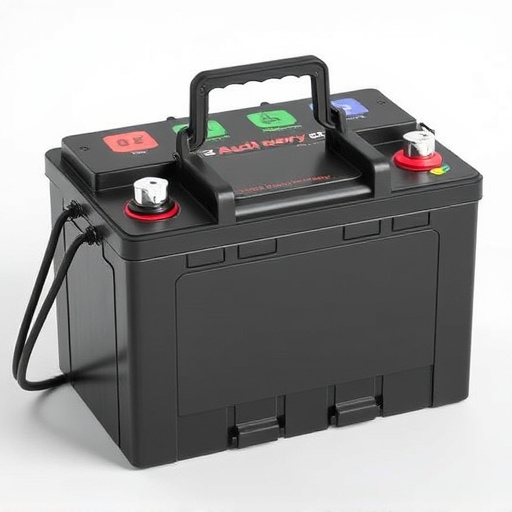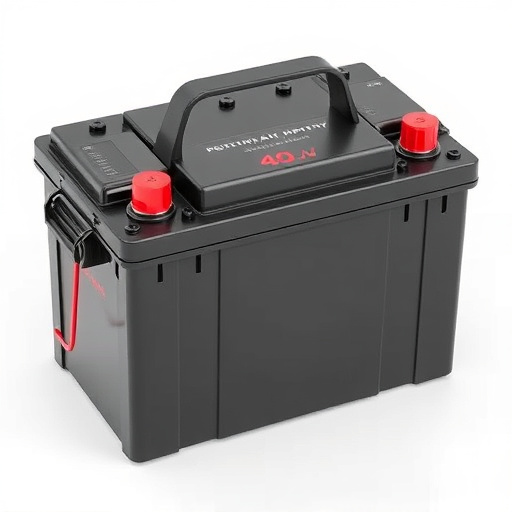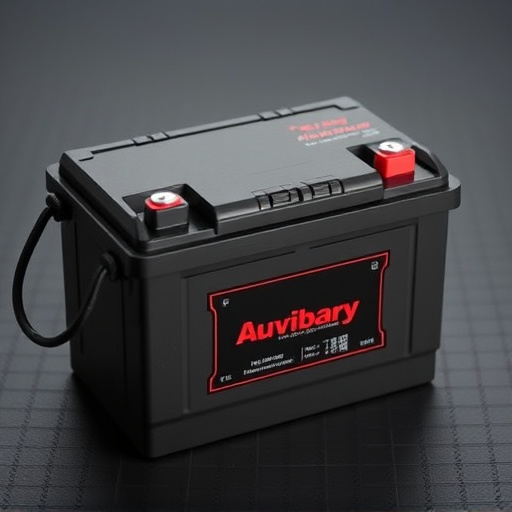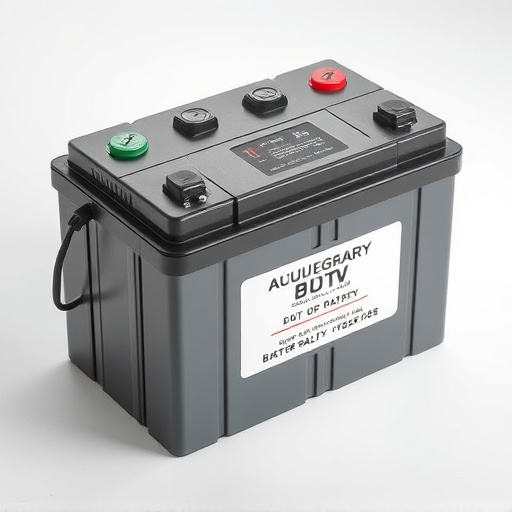Auxiliary batteries, or secondary batteries, are essential in modern vehicles for powering lights and radios when the engine isn't running. Charging these batteries with a car alternator requires good alternator function, compatible batteries, secure wiring, correct chargers, and regular maintenance. Optimizing charge involves monitoring voltage (12-14.4V ideal) and amperage, preventing over/undercharging. Careful consideration is needed to maintain battery health, especially when charging multiple batteries with a systematic approach and suitable equipment.
In today’s world, knowing how to charge batteries with a car alternator is an essential skill. This guide delves into the best methods for recharging auxiliary batteries, crucial components that power our vehicles’ electrical systems. We’ll explore basic charging requirements and the vital role of your car’s alternator as a powerhouse. Learn about connective cables through a step-by-step guide, optimize charge settings, and discover common challenges with troubleshooting tips.
- Understanding Auxiliary Batteries and Their Role
- Basic Requirements for Effective Charging
- Car Alternator: The Power House
- Connective Cables: A Step-by-Step Guide
- Optimizing Charge: Voltage and Amperage
- Common Challenges and Troubleshooting Tips
Understanding Auxiliary Batteries and Their Role

An auxiliary battery, often referred to as a secondary battery, plays a crucial role in charging and supporting various electrical systems in vehicles. Unlike the main battery that powers the starting motor and other essential functions, an auxiliary battery provides backup power for additional accessories and components. These batteries are designed to handle higher amperage draws compared to their main counterparts, making them ideal for powering lights, radios, and other in-cabin electronics during long periods when the ignition is off or the engine isn’t running.
In modern vehicles, an auxiliary battery is commonly charged by the car’s alternator through a dedicated circuit. When the engine is in operation, the alternator generates electricity, converting mechanical energy into electrical energy to power both the main and auxiliary batteries. This ensures that even when the vehicle is stationary or idling, essential systems and accessories remain operational, enhancing overall convenience and safety.
Basic Requirements for Effective Charging

For effective charging of batteries using a car alternator, several basic requirements must be met. Firstly, ensure that your car’s alternator is in good working condition and capable of generating adequate power to charge the battery efficiently. The auxiliary battery, often a crucial component in this process, should be compatible with your system and have sufficient capacity to handle the charging load. A robust and reliable wiring setup is also essential to prevent any power loss during the charging process.
Additionally, the charging method itself plays a significant role. Utilizing an appropriate charger, designed for your specific battery type (e.g., lead-acid, lithium), ensures optimal charging performance. Maintaining proper voltage levels and monitoring the charging process are critical to avoid overcharging or undercharging, both of which can damage the battery. Regular maintenance, including keeping the battery terminals clean and ensuring a secure connection, is equally vital for effective and efficient battery charging.
Car Alternator: The Power House

The car alternator, often an underrated component, serves as the powerhouse for charging your vehicle’s battery and powering various electrical systems. When it comes to charging batteries, especially auxiliary batteries used in off-grid applications or for backup power, understanding how an alternator functions is key. This compact yet powerful device generates electricity by converting mechanical energy from the engine into electrical energy through a series of coils and magnets.
By rotating the alternator belt, which is connected to the engine, it spins the rotor inside the stator, producing alternating current (AC). This AC is then converted to direct current (DC) by the rectifier, ensuring it’s suitable for charging 12-volt batteries commonly found in cars and other vehicles. The ability to provide a steady stream of power makes alternators ideal for top-up charging, especially during long drives or when remote power needs arise, keeping auxiliary batteries optimally charged and ready for use.
Connective Cables: A Step-by-Step Guide

When it comes to charging an auxiliary battery with a car alternator, understanding how to connect the cables properly is crucial. Begin by locating the positive (+) and negative (-) terminals on both your vehicle’s alternator and the auxiliary battery. Ensure that your hands are dry and wear protective gear for safety.
Next, connect the red cable (positive) from the alternator to the positive terminal of the auxiliary battery. Secure the connection tightly with a wrench if necessary. Afterwards, attach the black cable (negative) to a clean, unpainted metal surface on your vehicle, preferably away from the battery to prevent any short circuits. Always check for proper connections before starting the engine and monitor the charging process to ensure smooth and efficient charging of your auxiliary battery.
Optimizing Charge: Voltage and Amperage

Optimizing charge is a crucial aspect of effective battery charging, especially when utilizing a car alternator for an auxiliary battery. Voltage and amperage play significant roles in this process. The ideal voltage for charging should typically be around 12-14.4 volts, which matches the standard specifications for most automotive batteries. This range ensures a balanced charge without overloading or damaging the battery.
Amperage, measured in amps, indicates the rate at which energy is transferred. A higher amperage output from the alternator facilitates faster charging, but it’s essential to match the charging capacity to the battery’s specifications. Using an amp gauge can help monitor the charging process and ensure that the auxiliary battery receives the appropriate current for efficient and safe charging.
Common Challenges and Troubleshooting Tips

Charging batteries with a car alternator can be a complex process, presenting several common challenges for users. One of the primary issues is maintaining the health of both the main and auxiliary batteries to ensure optimal charging. Overcharging or undercharging can lead to damage, reduced lifespan, or even failure of the battery. Additionally, balancing the charging rate between multiple batteries in a system can be tricky, as each battery may have different voltage levels and capacity requirements.
Troubleshooting these problems requires a systematic approach. First, check the alternator’s output voltage against the recommended range for your battery type. Ensure that the charging cables are clean and securely connected to avoid loose connections or voltage drop. Regularly inspect the batteries for signs of corrosion or damage. If issues persist, consider using smart battery chargers that can monitor and regulate the charging process, protecting both the main and auxiliary batteries from overcharging or undercharging.
Charging a car’s battery with an alternator is a practical solution for many, offering a reliable method to keep your vehicle’s electrical systems running smoothly. By understanding the basic principles and utilizing the right techniques, such as optimizing voltage and amperage, you can ensure efficient charging of auxiliary batteries. Remember, proper connectivity and addressing common challenges will help maintain your battery’s health, ensuring your car starts reliably each time.
